Types of Collision Repair Services for Different Kinds of Damage
Understanding the various types of collision repair services is essential for vehicle owners facing the aftermath of an accident. The type and extent of damage significantly influence the kind of repair services required. According to Gitnux, the U.S. auto repair industry is a massive market, with an estimated value of $116 billion and over 168,000 businesses operating across the country, so there are plenty of services to help you with repairs. This article explores the different collision repair services tailored to address specific damage scenarios, ensuring car owners make informed decisions about restoring their vehicle's condition.
Minor Dents and Dings
Common Causes
Minor dents and dings are one of the most common types of vehicle damage. They can often be caused by hailstorms, parking lot mishaps, and low-speed collisions. These types of damage are usually cosmetic but can be unsightly and may reduce the resale value of a vehicle. Understanding what causes these minor damages can help vehicle owners take preventive measures. Taking precautions such as parking in the shade during hailstorms or using protective covers can help mitigate such damage.
Paintless Dent Repair Techniques
Paintless Dent Repair (PDR) is a popular, non-invasive technique that fixes small damages without affecting the paint job. This method involves using special tools to push the dent out from the inside, maintaining the vehicle's original paint. PDR is an efficient, cost-effective solution for specific types of minor dents and dings, usually taking less time than traditional repair. It's usually the best choice when there’s no chipping or cracking in the paint.
Cost and Time Considerations
The cost of repairing minor dents involves several factors, including the size and location of the dent. As mentioned, PDR tends to be cheaper and faster than traditional repair methods. On average, these repairs can be completed in a few hours, minimizing downtime for the vehicle owner. Prices for such repairs are often reasonable, contributing to the popularity of opting for PDR over traditional bodywork. Vehicle owners should weigh the cost against the visual and potential resale value improvements when deciding on repair services.
Traditional Methods
While PDR is effective, it may not be suitable for all dents. Traditional methods can be necessary if the paint is damaged or if the dent is located on a panel's edge, making PDR impractical. Traditional dent repair involves filling, sanding, and repainting the affected area. Although this method takes more time and is generally more expensive, it ensures a like-new finish. It is important for vehicle owners to consult with collision repair services to understand which method is most appropriate for their specific damage.
Maintenance Post-Repair
After repairing minor dents, ongoing maintenance is essential to preserve the finish. Regular washing and waxing can protect the paintwork from environmental damage. Vehicle owners should also be cautious when parking in areas prone to dings, like crowded parking lots or narrow streets. In addition, periodic inspection for new damage can prevent minor issues from worsening over time. Implementing these practices can extend the visual appeal and longevity of the repair work.
Fender Benders
Fender Damage
Furthermore, fender benders are a common occurrence on the roads and involve damage to the vehicle's fender. These incidents typically occur at low speeds, often in crowded areas such as parking lots or during heavy traffic. Despite their lower severity, fender benders can still leave noticeable damage that requires attention. Repairing fender damage is crucial not only for aesthetics but also to prevent further damage to the vehicle's structure. Understanding the nature of fender damage can help in making informed decisions about the necessary repairs.
Fender Repair vs. Replacement
Once fender damage is assessed, a decision must be made between repairing and replacing the fender. Repairs are often more cost-effective and can typically fix minor dents or scratches. In contrast, replacing the fender might be necessary if the damage is extensive or if structural integrity is compromised. The choice between repair and replacement can impact the cost. Consulting with repair specialists can provide clarity on which option offers the best return on investment for different damage scenarios.
Paint Matching Techniques
After addressing the structural elements of fender damage, the next step involves restoring the vehicle’s original appearance. This often requires precise paint matching, a critical component of a seamless repair job. Modern repair facilities use advanced color scanning technology to ensure a perfect match with the vehicle's paint. Achieving an exact paint match is crucial for maintaining the vehicle's aesthetics and market value. Skilled collision repair services ensure that the newly repaired area is indistinguishable from the rest of the vehicle.
Body Filler
Additionally, body filler plays an essential role when addressing deeper scratches or dents in fenders. This material fills in damaged areas, allowing technicians to create a smooth surface that can be painted over. Quality application of body filler is crucial for an even finish; a poorly applied filler can lead to uneven surfaces and visible seams. For optimal outcomes, the process involves sanding, shaping, and a keen eye for detail. This step is integral in ensuring the longevity and appearance of the repair work, blending seamlessly with the vehicle's lines.
Evaluating Structural Impact
Even in minor collisions, it's vital to assess for any potential structural damage to ensure the vehicle's safety. A thorough inspection by a certified professional can uncover hidden issues that might affect the vehicle’s alignment or handling. Ignoring such structural evaluations could lead to further complications down the road. Utilizing diagnostic technology, repair shops can provide comprehensive assessments to address less obvious impacts.
Frame Damage
Types of Frame Structures
Vehicle frames can be broadly categorized into unibody and body-on-frame structures. An unibody structure integrates the frame and the body into a single piece, making it lighter and often safer in a collision. Body-on-frame designs, however, have a separate frame to which the body is mounted, common in trucks and larger SUVs. Identifying the type of frame is crucial as it influences the repair methods and costs involved.
Signs of Frame Damage
Furthermore, frame damage can be subtle yet significantly impact a vehicle's safety and performance. Common indicators include unusual noises during driving, uneven wear on tires, and misaligned wheels. A visual inspection might reveal issues like bent areas or gaps between body panels. Recognizing these signs early can prevent further damage and costly repairs.
Frame Straightening Techniques
Frame straightening is the remedy for most frame damage, bringing the vehicle back to its original specifications. It often involves using precision machines and hydraulic tools to realign the frame safely. This process restores the vehicle's structural integrity, essential for both appearance and function. Ensuring proper alignment and mechanics with collision repair services is integral to the vehicle's safe operation post-collision.
Advanced Welding Methods
Advanced welding techniques are often employed to reinforce and repair damaged frames. Modern repair facilities use methods such as MIG and TIG welding to ensure durable and precise repairs. These techniques allow for the fusion of metal components without compromising the material's strength. Proper welding can significantly extend the vehicle's lifespan, even after sustaining major damage.
The spectrum of collision repair services is as varied as the types of damage a vehicle can sustain. From minor dents to major structural issues, understanding the appropriate repair methods ensures not only aesthetic restoration but also the structural integrity and safety of the vehicle. Contact Somerset Collision today for more information about our services.

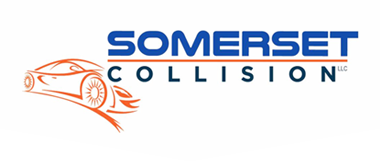

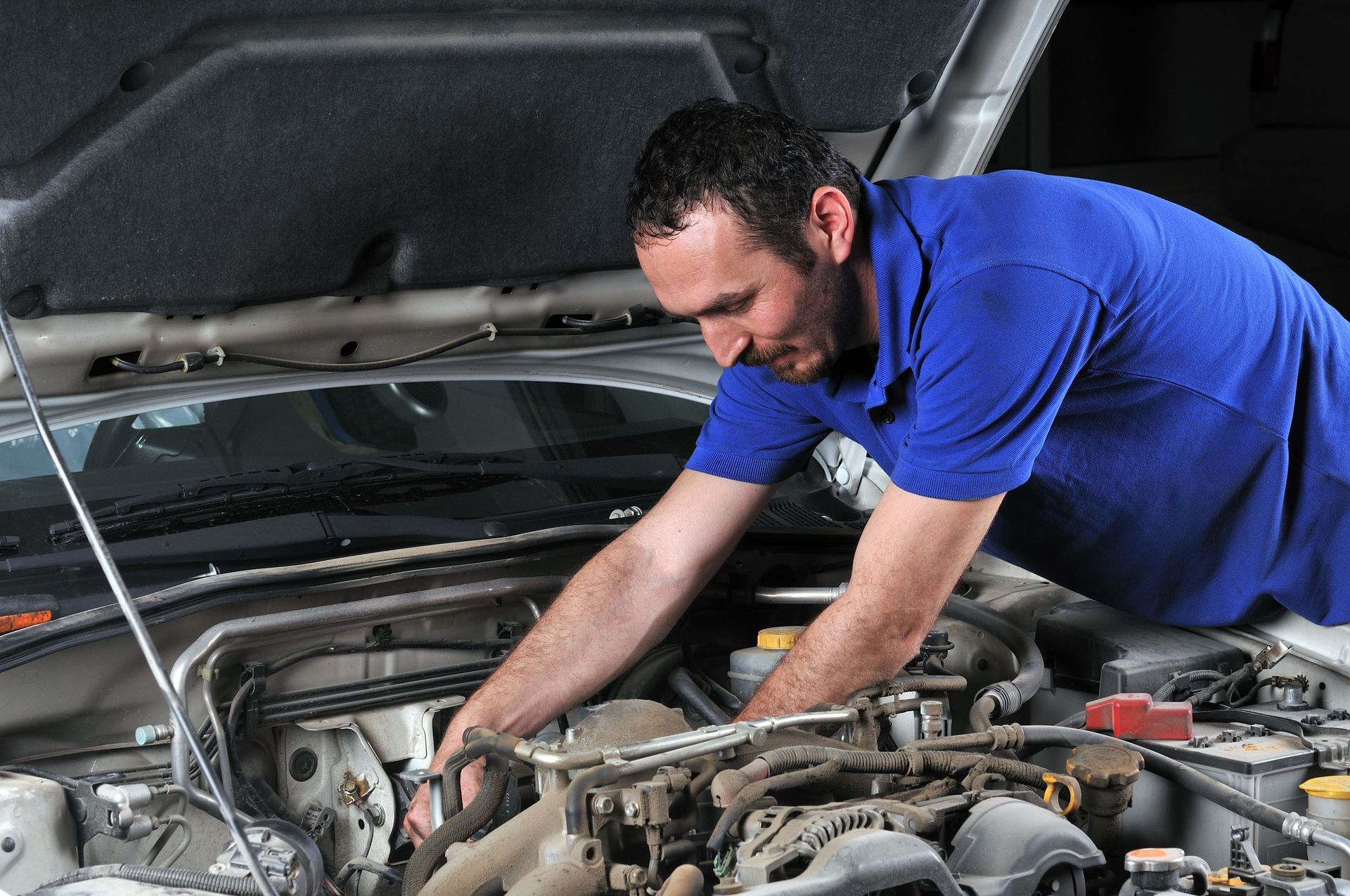
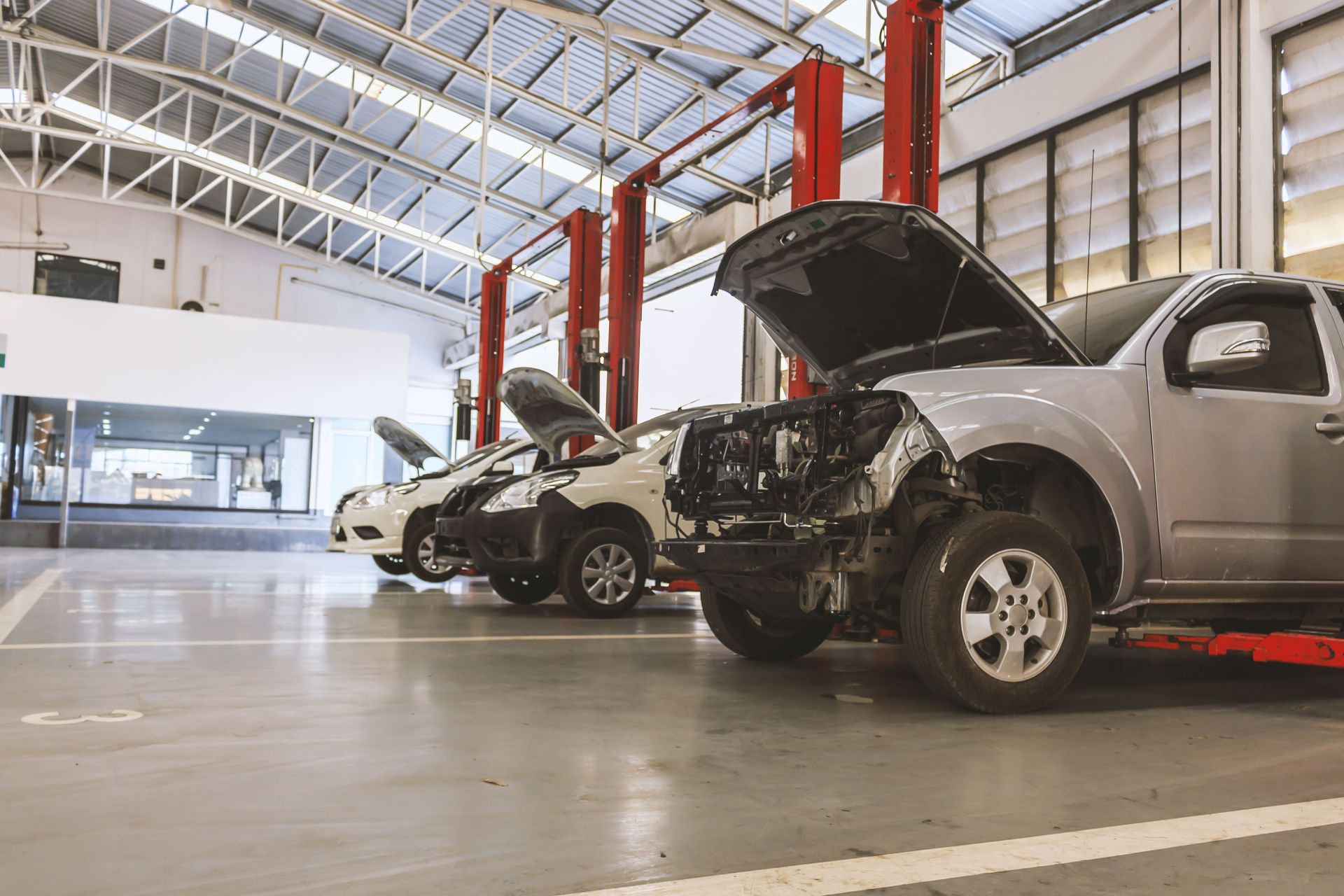
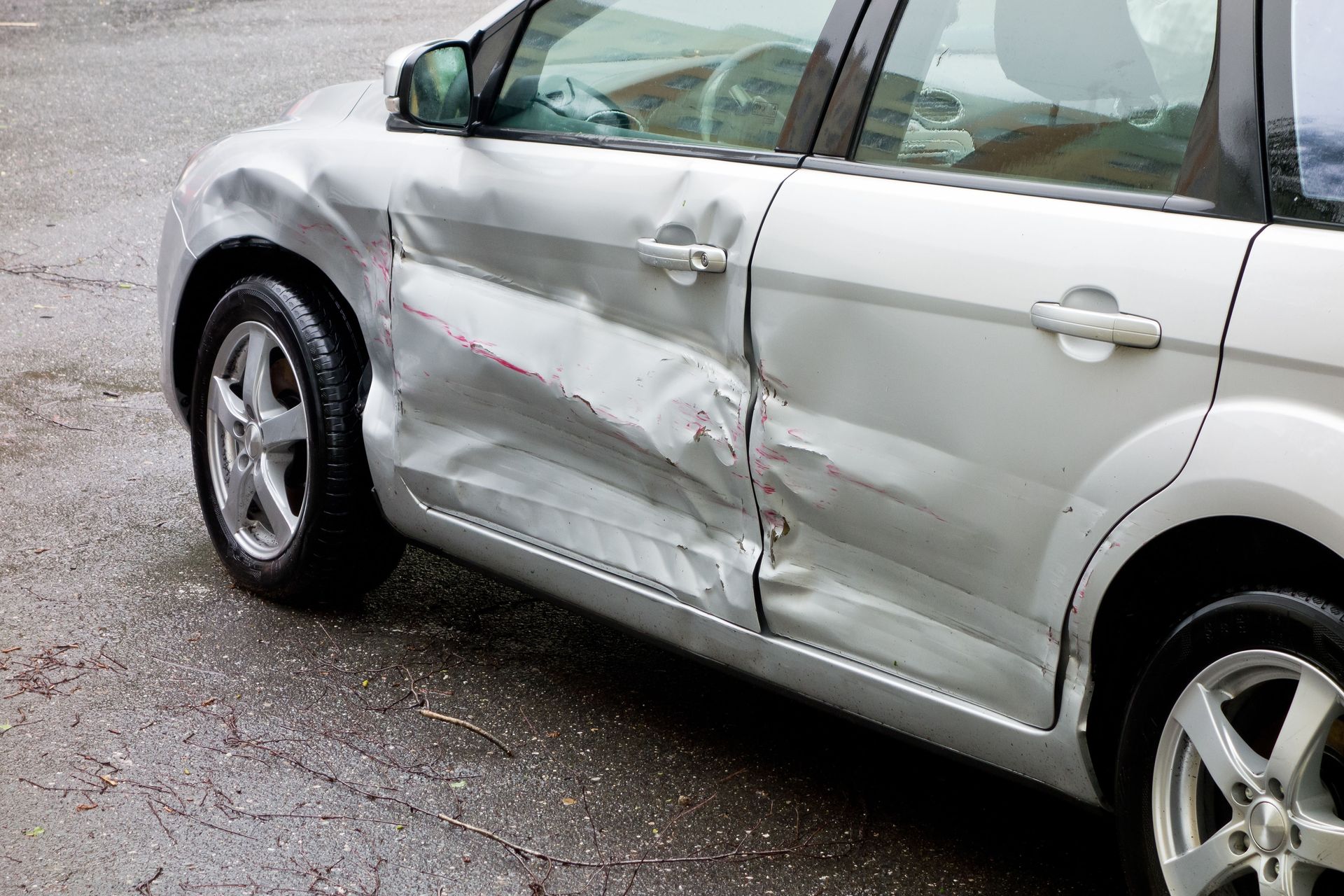
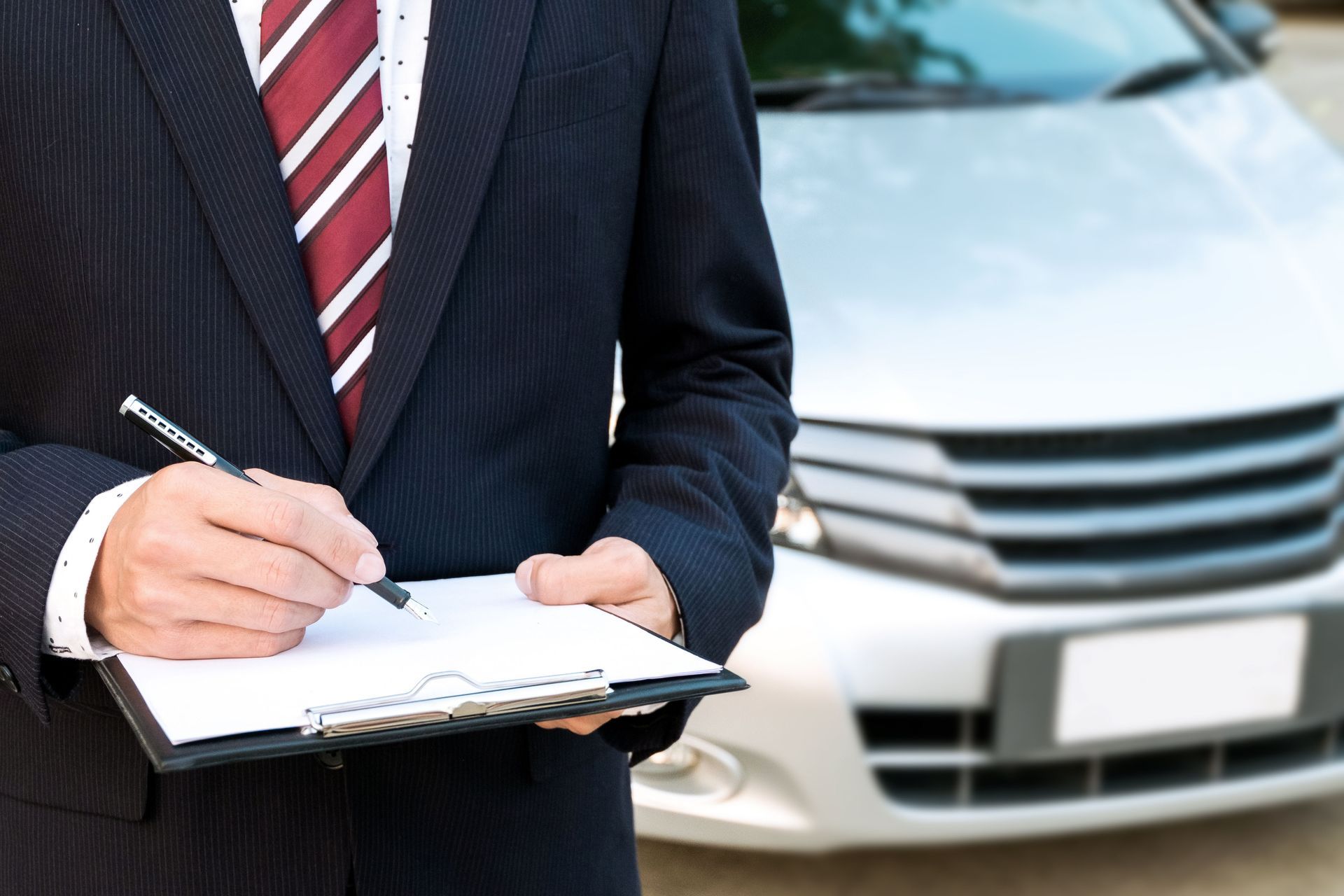
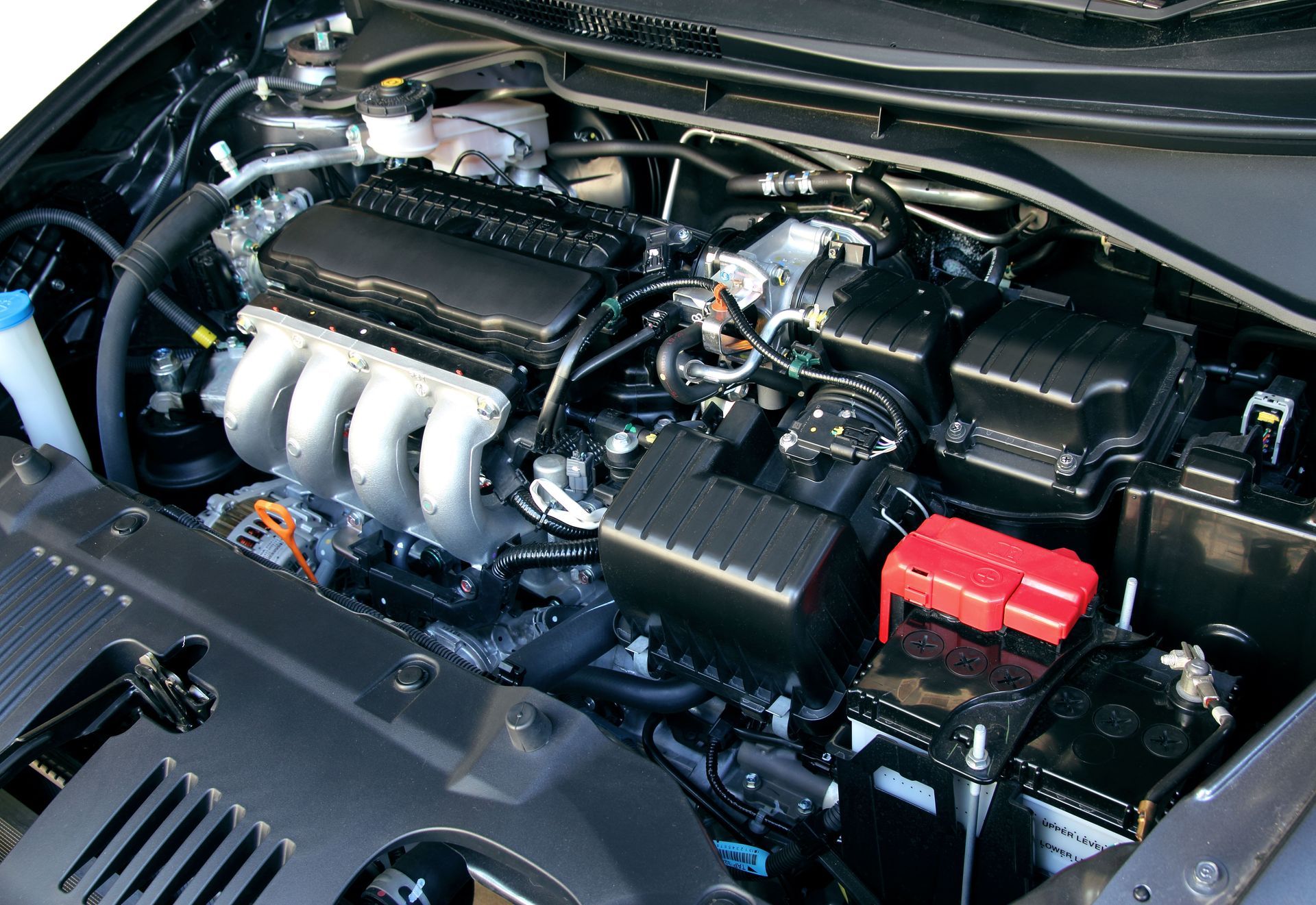
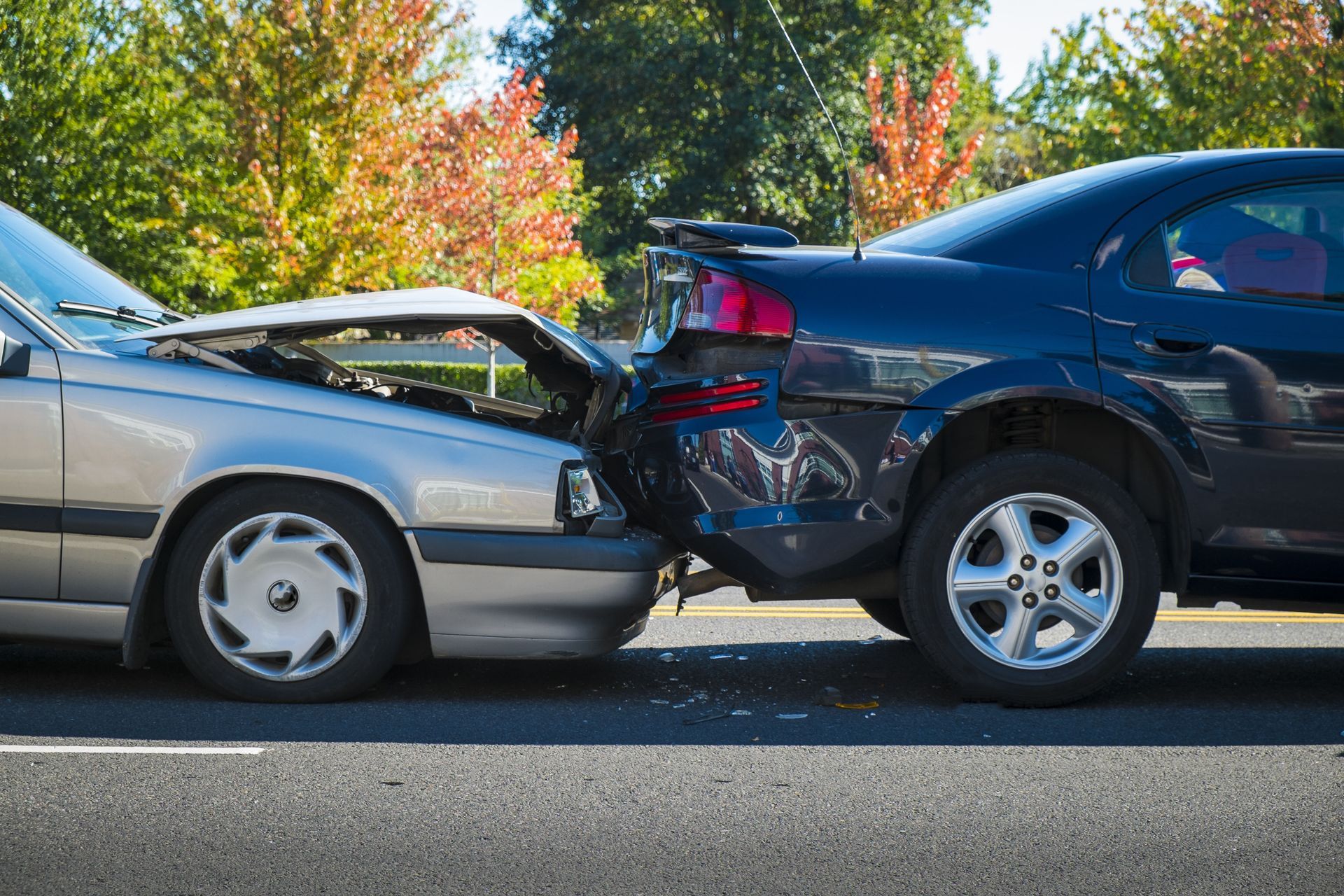
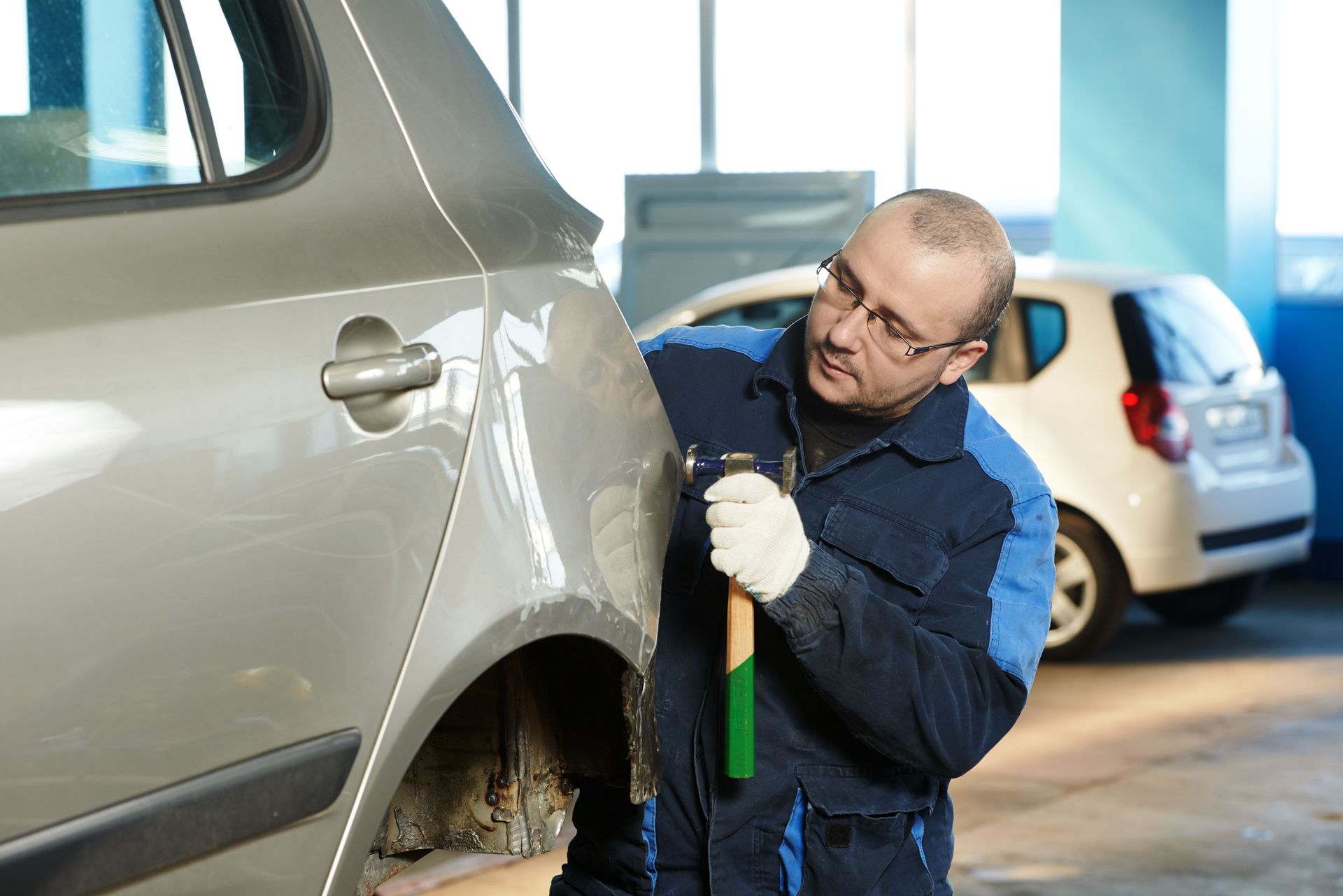
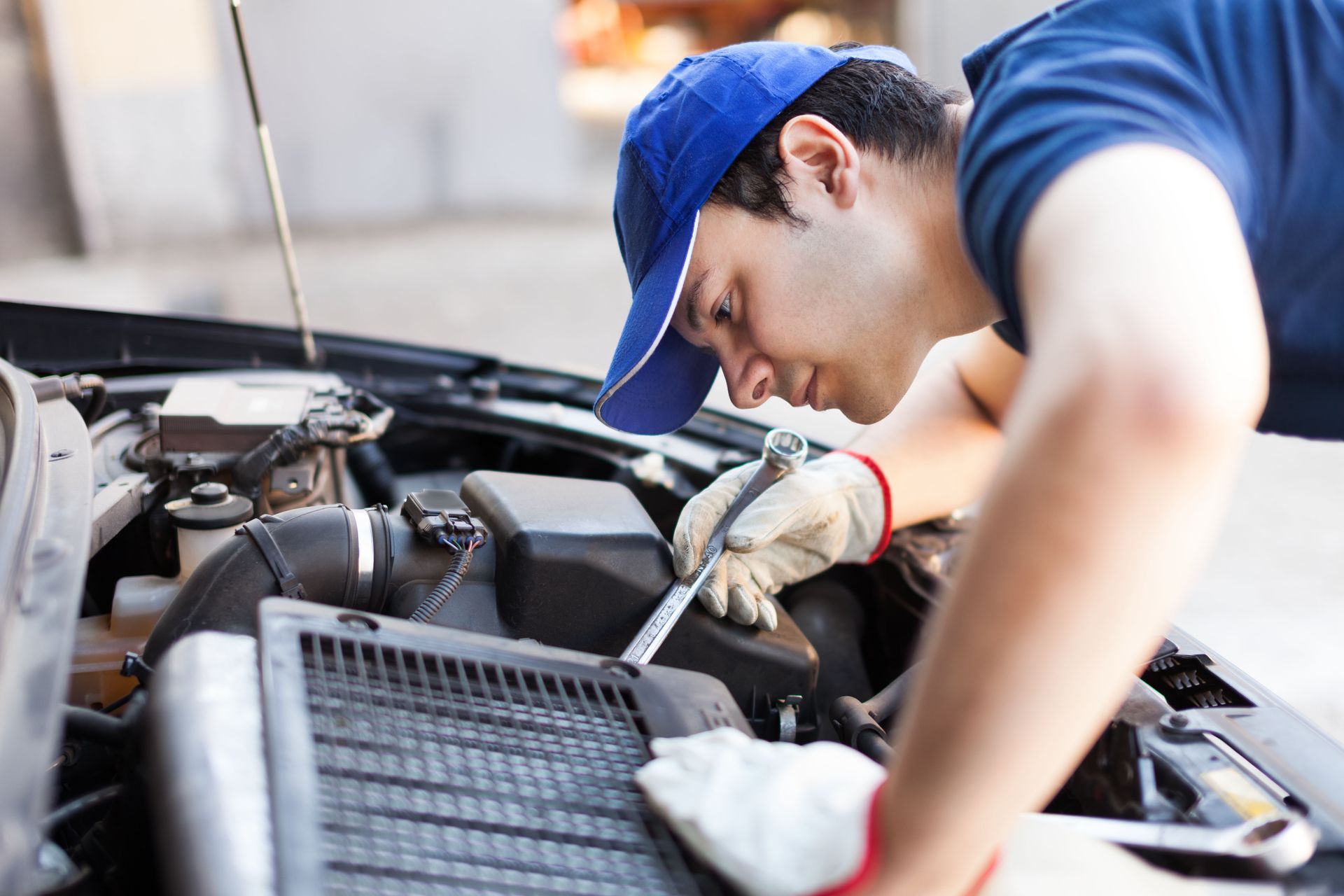

Share On: